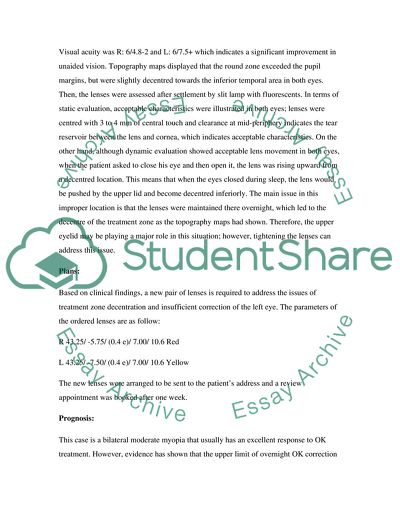Cite this document
(Bilateral Keratoconus in a Young Albinism Male Case Study, n.d.)
Bilateral Keratoconus in a Young Albinism Male Case Study. Retrieved from https://studentshare.org/health-sciences-medicine/1744988-contact-lens-clinical-case-report-postgraduate-optometry-studies
Bilateral Keratoconus in a Young Albinism Male Case Study. Retrieved from https://studentshare.org/health-sciences-medicine/1744988-contact-lens-clinical-case-report-postgraduate-optometry-studies
(Bilateral Keratoconus in a Young Albinism Male Case Study)
Bilateral Keratoconus in a Young Albinism Male Case Study. https://studentshare.org/health-sciences-medicine/1744988-contact-lens-clinical-case-report-postgraduate-optometry-studies.
Bilateral Keratoconus in a Young Albinism Male Case Study. https://studentshare.org/health-sciences-medicine/1744988-contact-lens-clinical-case-report-postgraduate-optometry-studies.
“Bilateral Keratoconus in a Young Albinism Male Case Study”, n.d. https://studentshare.org/health-sciences-medicine/1744988-contact-lens-clinical-case-report-postgraduate-optometry-studies.


